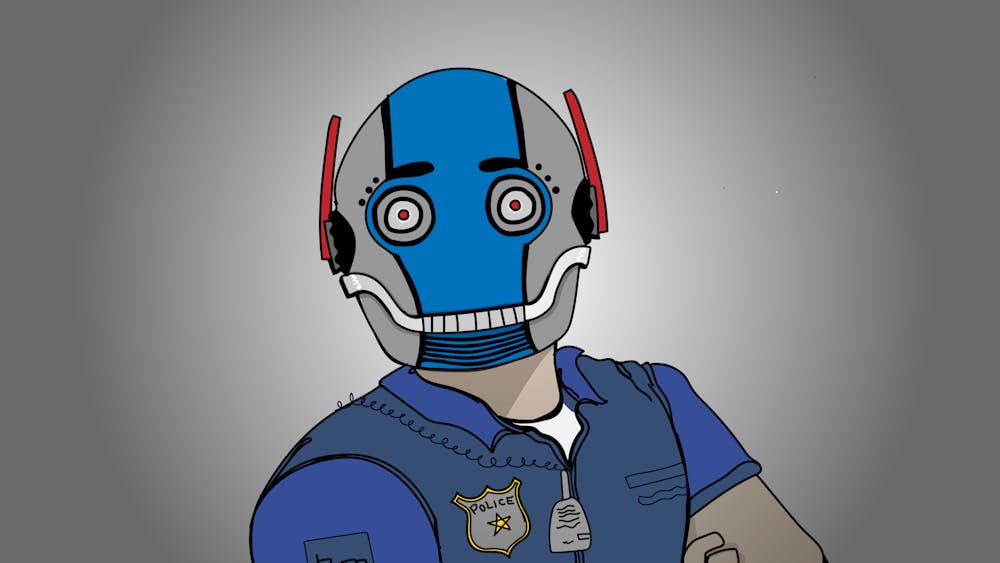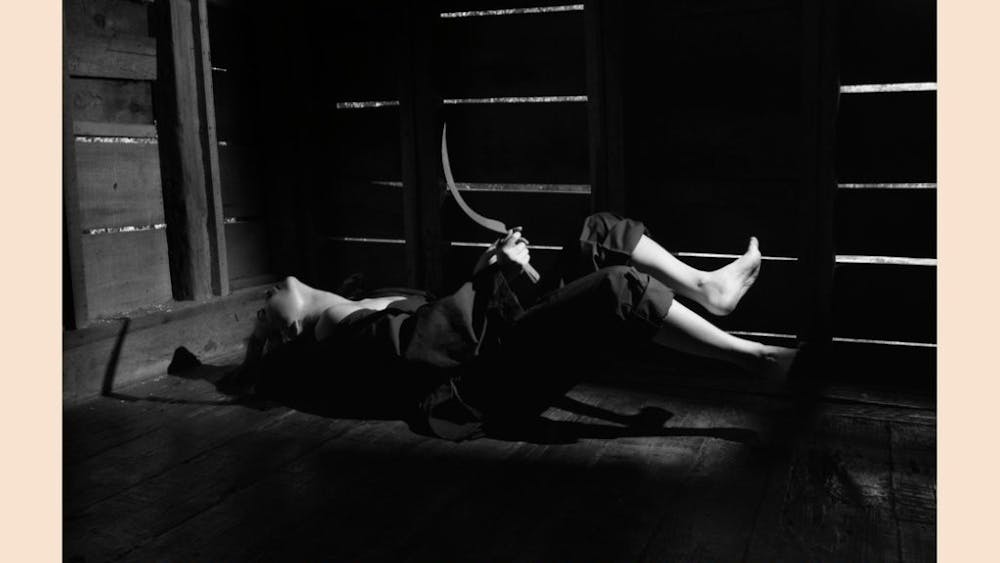Imagine living in a nation that has been in conflict with a neighboring country for nearly 30 years. Envision your family members dressed in army garb. They are potentially moments from dying.\nTough to think about, isn't it? \nFor Americans, it's a pretty difficult scenario to envision. For the people of India and Pakistan, it's a reality.\nThe two South Asian countries have been butting heads for years over Kashmir, the disputed territory between the countries. \nRecently, both nations have agreed to open dialogue. For extremists on both sides, it might sound futile, but to the general population and world at large, it is a step toward healing and a move toward mutuality in an area of the world that badly needs it.\nThe region has been divided since 1972 by a cease-fire line. Since the militant insurgency began in 1989, more than 30,000 people have been killed, the government reports. Human rights groups put the death toll at twice that number. \nBut, in a wise and prudent move, India has extended its unilateral cease-fire in Kashmir. The South Asian country's leaders say its troops will refrain from fighting Islamic separatists for a third month.\nThe decision, criticized by separatist leaders, was announced after a meeting of the Prime Minister's security advisers and top Cabinet officials.\nThe cease-fire, started in November and already extended once, was due to expire Friday.\nThe army had favored extending the cease-fire, noting that attacks by guerrillas had decreased even though the Pakistan-based militants had said they would step up their operations. Shelling across the border and small arms gunfire between Indian and Pakistani troops has also stopped.\nThe tension between India and Pakistan is deeply seeded. It goes back to the 1940s when India declared its independence from Britain. After the two countries were independent, tensions remained. Nearly 60 years later, a wide distrust exists between the citizenry of both nations. Worse yet, violence has erupted many times over the years, causing more bloodshed and political fury.\nBoth countries are responsible for the bloodshed. The next step is open dialogue between them. It will help bridge the gaping holes the independence movement and history made.\nBoth sides have spilled each other's blood. Separatist leaders are calling for talks, a sign that could indicate that cooperation and mutuality is still possible.\nSome argue that cease-fire is futile because New Delhi, the capital city of India, has not taken any practical step to resolve the protracted Kashmir dispute.\nSome of the Indian prime minister's political allies, including the top elected official in Kashmir, had opposed extending the cease-fire, saying that the guerrillas had not halted their attacks completely. Tuesday, one official called upon Pakistan to rein in the militant groups. Pakistan\'s government denies that it has control of the groups, but says it supports their cause to end Indian control in the region.\nClearly, this shows a general communication problem and stubbornness on each side's part. It is true that both have a political stake in the land, but it is equally true that each side has shed more blood and human lives than either intended. That supersedes any political agenda.\nA general strike shut down shops, banks, public transportation and government offices in the Kashmir Valley Tuesday to protest a rash of alleged killings by police and soldiers.\nThe best solution for both countries is to open dialogue. If human rights groups are correct, then the death toll has reached an astounding number. \nSixty thousand people killed, the countries can't afford to go in another direction.
India, Pakistan must end violence
Get stories like this in your inbox
Subscribe





